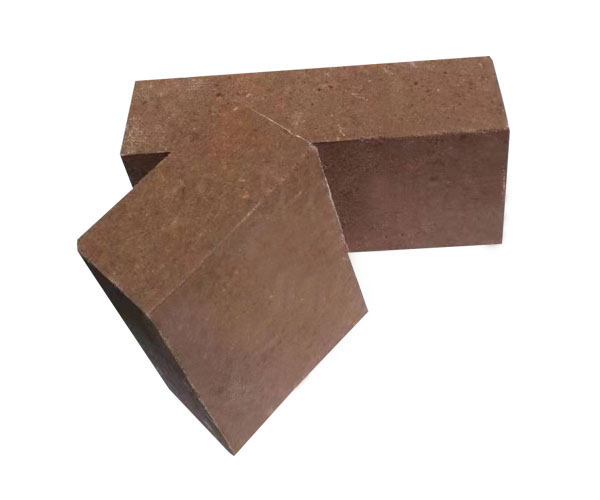
Burnt magnesium brick refers to an alkaline refractory product that is fired from periclase as the main raw material. Fired magnesia bricks have a high load softening temperature and strong resistance to alkaline slag erosion, but poor seismic resistance and weak resistance to acid slag erosion.
The manufacturing process of fired magnesia bricks is basically the same as that of other refractory bricks, but the following points should be noted:
(1) Magnesia brick material is a completely barren material, with a relatively low moisture content of mud, typically only 2% to 3%. In order to increase the plasticity of the brick material and the strength of the brick, it is usually necessary to add binders such as sulfite pulp waste liquid or brine during batching.
(2) Magnesium brick material has a low plasticity. The molding pressure is generally above 80 MPa.
(3) The firing temperature of magnesium bricks mainly depends on their chemical and mineral composition, typically 1550-1600 ℃, and 1750 ℃ or higher for high-purity magnesium products
Burned magnesia bricks are mainly used for the walls and bottoms of basic open hearth and electric furnaces for steelmaking, as well as for the permanent lining of oxygen converters, iron mixers, nonferrous smelting furnaces, and high-temperature tunnel kilns; The lining of rotary kilns for calcining magnesia and cement, the upper lattice bricks of glass furnaces, and the bottom and end of soaking pits and heating furnaces for rolling steel.